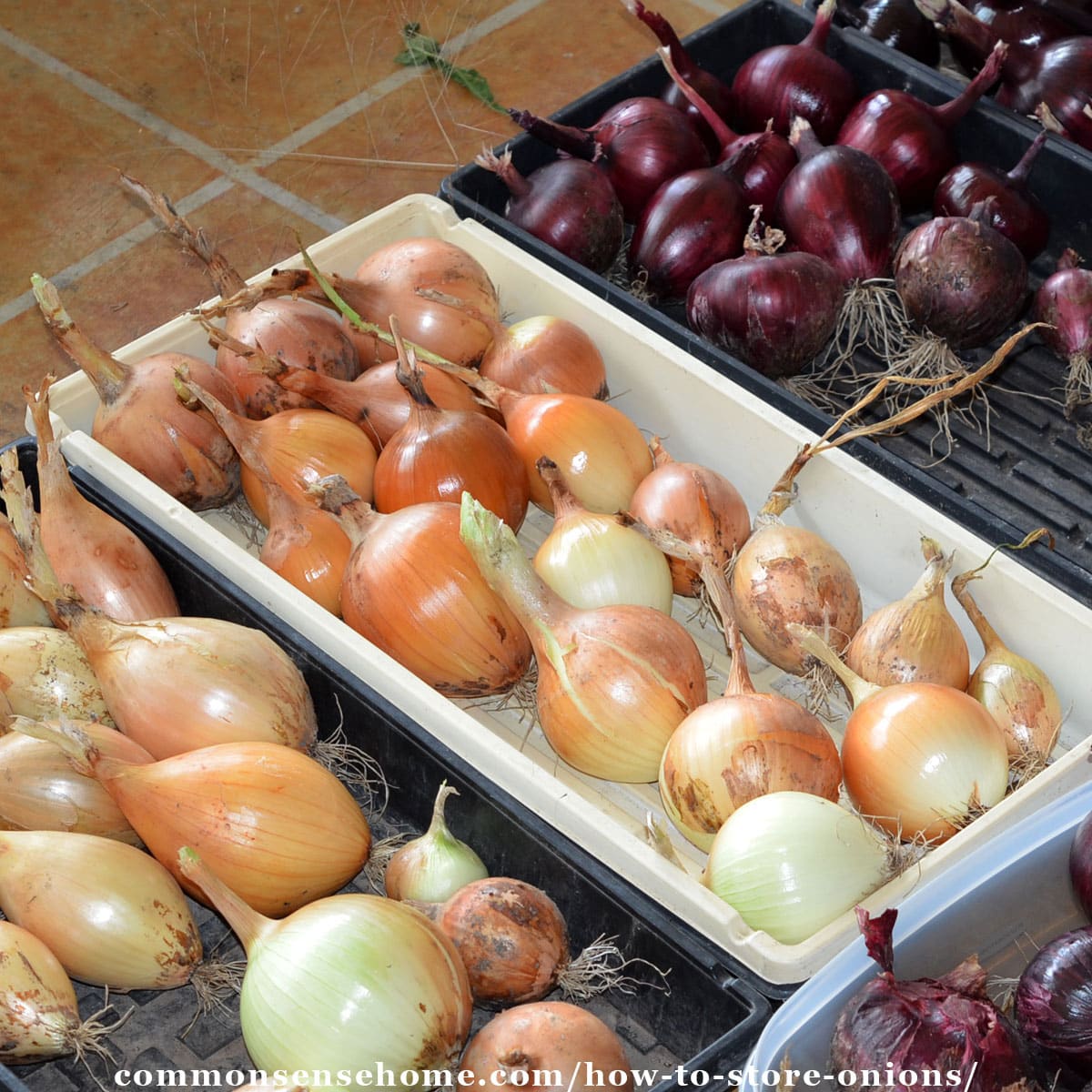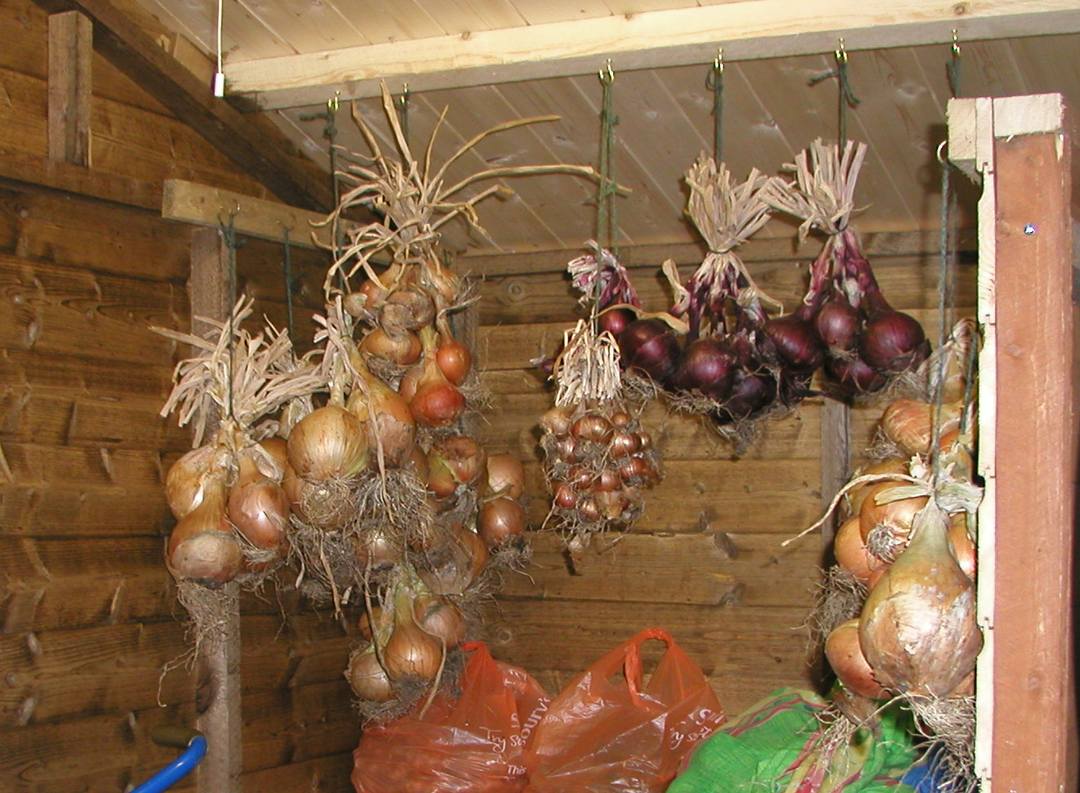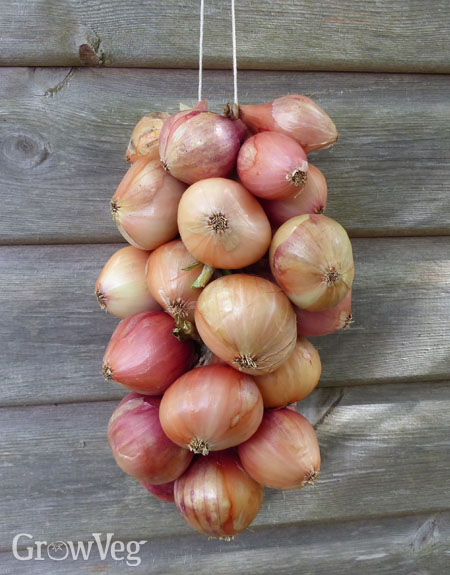The Art of Storing Fresh Onions
When it comes to harvesting onions from your garden, proper storage is crucial to maintain their freshness and quality. Onions that are not stored correctly can spoil quickly, leading to waste and disappointment. On the other hand, onions that are stored properly can last for several months, providing a steady supply of this essential ingredient for various recipes. To enjoy your onions all year round, it’s essential to understand how to store onions from the garden. By doing so, you can reduce food waste, save money, and have a constant supply of this versatile ingredient. In this article, we’ll explore the best practices for storing onions, including curing and drying, storing in a cool, dry place, and alternative storage methods.
Preparing Onions for Storage: Curing and Drying
Before storing onions, it’s essential to cure and dry them properly to prevent rot and decay. Curing onions involves allowing them to dry in a warm, dry, and well-ventilated area, which helps to form a dry, papery skin that protects the onion from moisture. To cure onions, harvest them when the tops are dry and fallen over, and then spread them out in a single layer on a wire rack or tray. Place the onions in a warm, dry area with good air circulation, such as a shed or a dry room, and let them dry for 1-2 weeks. During this time, the onions will shrink slightly, and the skin will become dry and papery. Once the onions are cured, they can be stored in a cool, dry place, such as a pantry or cupboard. By following these steps, you can enjoy your freshly harvested onions for months to come, and learn how to store onions from the garden effectively.
How to Store Onions in a Cool, Dry Place
Once onions are cured and dried, they can be stored in a cool, dry place to maintain their freshness and quality. The ideal storage location should have a consistent temperature between 45°F and 55°F (7°C and 13°C), and a relative humidity of 60-70%. This can be a pantry, cupboard, or cellar that is well-ventilated and protected from direct sunlight. When storing onions in a cool, dry place, it’s essential to use the right storage containers. Paper bags, mesh bags, or breathable containers like cardboard boxes or wicker baskets are ideal for storing onions. Avoid using plastic bags or airtight containers, as they can trap moisture and cause the onions to rot. By storing onions in a cool, dry place, you can enjoy them for several months, and learn how to store onions from the garden effectively. Regularly check on the onions and remove any that are spoiling to maintain the quality of the remaining onions.
The Benefits of Storing Onions in a Root Cellar
Storing onions in a root cellar is an excellent way to keep them fresh for an extended period. A root cellar provides a cool, dark, and humid environment that is ideal for storing onions. The consistent temperature and humidity levels in a root cellar help to slow down the aging process of onions, allowing them to remain fresh for several months. To create a root cellar, you can convert a basement or a section of your garden into a cool, dark space. Ensure that the area is well-ventilated and has a consistent temperature between 32°F and 40°F (0°C and 4°C). If you don’t have a root cellar, you can also create a simulated environment by using a cool, dark room or a container with good ventilation. When storing onions in a root cellar, it’s essential to keep them away from direct sunlight and moisture. By following these guidelines, you can learn how to store onions from the garden effectively and enjoy them throughout the year. Onions stored in a root cellar can be used in a variety of dishes, from soups to salads, and can add flavor and texture to any meal.
Alternative Storage Methods: Braiding and Hanging
Braiding and hanging onions are alternative storage methods that can add a decorative touch to your kitchen or pantry. These methods are ideal for storing onions in a dry, well-ventilated area, and can help to maintain their freshness for several months. To braid onions, you’ll need a few simple materials, including twine or string, scissors, and a few onions with their tops still attached. Simply tie the onions together at the tops, leaving enough space between each onion for air to circulate. Hang the braided onions in a dry, cool place, such as a pantry or cupboard. This method allows for good air circulation, which helps to prevent moisture from accumulating and causing the onions to rot. Another benefit of braiding and hanging onions is that it makes them easy to access and use in cooking. By learning how to store onions from the garden using these alternative methods, you can enjoy your homegrown onions for a longer period and add a touch of rustic charm to your kitchen.
Tips for Storing Onions in the Refrigerator or Freezer
While onions can be stored in a cool, dry place or a root cellar, they can also be stored in the refrigerator or freezer to extend their shelf life. When storing onions in the refrigerator, it’s essential to keep them in a breathable container, such as a paper bag or a mesh bag, to maintain air circulation. The ideal storage temperature for onions in the refrigerator is between 39°F and 45°F (4°C and 7°C). Onions can be stored in the refrigerator for up to two months. For longer-term storage, onions can be frozen. To freeze onions, chop or slice them and place them in an airtight container or freezer bag. Frozen onions are perfect for using in soups, stews, and casseroles. When learning how to store onions from the garden, it’s crucial to understand the different storage options available, including refrigeration and freezing. By following these guidelines, you can enjoy your homegrown onions throughout the year.
Common Mistakes to Avoid When Storing Onions
When learning how to store onions from the garden, it’s essential to avoid common mistakes that can lead to spoilage and reduce the shelf life of your onions. One of the most critical mistakes to avoid is storing onions in direct sunlight, as this can cause them to become soft and develop an unpleasant flavor. Another mistake is not providing adequate ventilation, which can lead to moisture accumulation and rot. Additionally, storing onions in airtight containers or plastic bags can trap moisture and cause them to spoil quickly. It’s also important to avoid washing onions before storing them, as excess moisture can lead to rot and decay. By being aware of these common mistakes, you can take steps to prevent them and ensure that your onions remain fresh and flavorful for a longer period. By following the proper storage techniques and avoiding these mistakes, you can enjoy your homegrown onions throughout the year.
Enjoying Your Freshly Stored Onions All Year Round
By following the proper storage techniques outlined in this article, you can enjoy your freshly stored onions all year round. Whether you choose to store them in a cool, dry place, a root cellar, or the refrigerator or freezer, the key is to maintain the right conditions to prevent spoilage and decay. By learning how to store onions from the garden, you can savor the flavor and aroma of your homegrown onions in a variety of dishes, from soups and stews to salads and sauces. Try using your freshly stored onions in a hearty French onion soup, a flavorful Indian curry, or a classic Italian bruschetta. With proper storage, the possibilities are endless, and you can enjoy the fruits of your labor throughout the year. So, get creative and start experimenting with your freshly stored onions today!







:max_bytes(150000):strip_icc()/Simply-Recipes-Store-Onions-LEAD-4-3b335b24869c42ebbf47b8c9c12928d4.jpg)
